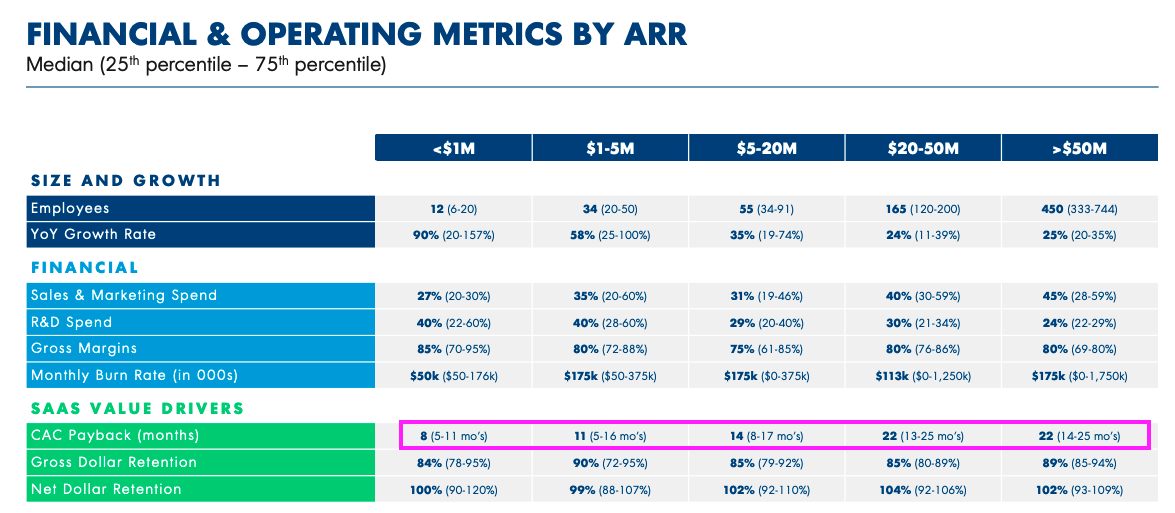It’s been a week of mixed results for the software technology world: GitLab, Box, Yext and Asana reported their third-quarter results in the past few days, and not all of them did well.
GitLab is the clear winner of the week. The company beat expectations for both revenue and profit, and posted its first adjusted operating profit since its IPO. Investors were understandably very pleased with the company’s revenue rising 32%, gross margins of 90%, and net retention of 128%: GitLab’s market cap increased by almost a billion dollars to $9.18 billion the day after its Q3 results, per YCharts.
The Exchange explores startups, markets and money.
Read it every morning on TechCrunch+ or get The Exchange newsletter every Saturday.
Other software companies have not had similar amounts of fun. Box’s shares are down 8.6% after it missed analysts’ estimates for revenue in the third quarter and forecast modest revenue growth in its next fiscal year; Asana reported better-than-expected revenue and profit in Q3, but its shares are down more than 13% due to concerns over its revenue growth forecast. And Yext’s stock took body blows this morning, plummeting more than 20% after the company missed analysts’ expectations for revenue in Q3 and cut its revenue forecast for the rest of its current fiscal year.
The picture that emerges is one of contrasts: Some tech companies are doing well, but there’s still a lot of pain in the market.
The good news is that at least through last week, aggregated software earnings data showed an uptick in median net-new annual recurring revenue (ARR) growth, measured on a year-over-year basis. After falling below zero for four quarters, median net-new ARR growth is back in the black, picking up by 3%, according to Altimeter investor Jamin Ball. That’s not much, but it does underscore why there’s good reason to expect calendar 2024 to be slightly less difficult for software companies.
But some good vibes are not enough to shelter the short-term value of these software companies. After all, they have scaled, serve enterprise customers, built sophisticated sales teams, and are now offering AI-related features to entice new buyers and retain prior accounts. You would think they would be doing better than they are, given the economy is pretty strong in some ways, or that they would be able to raise prices and better defend their growth rates.
This leads us to a question: Why is business software trading so cheaply? Or, put another way, is business software underpriced?
CAC, payback and perfect competition
The SaaS business model is great on paper. It generates high-margin recurring revenue that has a tendency to expand over time provided economic conditions are reasonable. However, SaaS is not perfect: It consumes mountains of cash upfront to land accounts that then pay back those expenses over time. This means that even healthy SaaS companies can remain pretty darn unprofitable for a very long time.
There’s a way out of the problem, however: Just charge more. Higher prices would make a company’s sales efforts more efficient in terms of their spend-reward ratio (CAC/LTV, if you want). And higher prices would also reduce the impact of cash outlays to cover sales costs, as they would be more quickly repaid.
Here’s a fun question: What’s a good customer acquisition cost (CAC) payback period? If you are thinking in terms of a few months or quarters, you’re way off. Observe the highlighted section in this table from OpenView’s 2023 SaaS metrics report:

Image Credits: OpenView
As a software company scales, it can take nearly two years to earn back just one customer’s acquisition cost. OpenView’s data here is not specious. As of last Friday, the software companies with the greatest forward revenue multiples were Snowflake, MongoDB and Cloudflare. Altimeter’s Ball calculates their gross-margin adjusted CAC payback periods to be 26 months, 13 months and 21 months, respectively.
So why don’t software companies raise prices to both defend (or enhance!) their growth rates and to make the economics of their sales models more efficient? A few reasons come to mind:
A focus on long-term cash flows: Software companies have historically enjoyed positive net-retention rates, so they may be more focused on landing customers no matter the cost as long as they can grow that account over time. Recent trends in net retention, however, make this gambit less certain than it was in years past.
Norms: Software is expected to cost a small fraction of the value that it provides. A good example of this is GitHub Copilot, which costs about $10 per month for an individual and $49 per month for a full enterprise seat. ZipRecruiter reports that the average annual pay for a software developer is just under $112,000 per year. At most, you can spend half a percent of a developer’s salary by giving them access to cutting-edge AI tooling that will help them code. That’s bonkers, but isn’t actually that shocking. When Microsoft announced that Microsoft 365’s AI add-ons would be priced at $30 per month, investors were stoked. Again, compared to the salaries of the people at the keyboards in question, these costs are tiny.
Competition: I think this is the real issue. Thanks to ample competition (great for customers and consumers!), software companies don’t have much flexibility to increase their pricing. Box, for example, has built a mess of new tooling with AI capabilities but is struggling to grow not because it is failing to provide value, but because its customers have so many other options.
In fact, Big Tech companies’ ability to have a play in every technology niche is probably weighing down software pricing. Google doesn’t need to eat off its online storage fees, so smaller players who earn their bread and their butter from selling that are stuck with anchored prices thanks to Mountain View, in our little thought experiment.
Another way to say “software companies lack pricing leverage due to competition” is: Most software is fighting in a market where the dynamics of perfect competition come into play.
Investopedia defines perfect competition as follows:
Under perfect competition, there are many buyers and sellers, and prices reflect supply and demand. Companies earn just enough profit to stay in business and no more. If they were to earn excess profits, other companies would enter the market and drive profits down.
That explains the long CAC payback periods, high-cash consumption, and growth rates that are more driven by macro conditions than the quality of the products sold.
So, yes, business software is likely too cheap, but only in areas where anyone can code up a workable competitor. From that perspective, the only way to ensure that your software company kicks maximum butt is to make certain that it has a limited pool of competitors so you can avoid pricing pressures.
That’s clear enough for startups: Build something that no one else can, or serve a market that no one else is. But for public software companies with lots of in-market alternatives, that’s not super helpful.
Of course, it’s not impossible. GitLab is doing just fine despite competing with GitHub, which is owned by Microsoft. But after watching software companies struggle to reignite growth quarter after quarter despite some positive signals, I have to wonder if the average rate of software growth in mixed economic conditions is lower than folks expected.
Not that such a situation is a bad one for end users and customers: Perfect competition rips much of the profit from business operations, resulting in consumer surplus.
Still, pour one out for Box et al. who are having a difficult time growing despite doing the hard work required to compete.
